J2 is proud to share Part 2 of our glossary series: Important Acronyms! Before going live with this post, we quizzed members of our team to see who actually knew what each letter in HEDIS stood for. Refresh your memory on key provider network acronyms below!
ACA (also colloquially known as Obamacare) – The Affordable Care Act (ACA) is a legislation reform that was signed into law in 2010. The Act sought to establish insurance for millions of uninsured Americans by implementing measures that will lower health care costs and improve system efficiency, and eliminating industry practices that include recession and denial of coverage due to pre-existing conditions. People can shop for ACA plans on state health exchanges (created in 2010).
ACO – An Accountable Care Organization (ACO) is a group of physicians, hospitals and other providers that come together voluntarily to give coordinated high quality care to the patients they serve. ACO’s are rewarded with financial incentives if they are able to lower costs and maintain the same quality of care. This switches the providers from a volume-based care to a value-based care.
CMS – The Center for Medicare and Medicaid Services (CMS) is a department within HHS (Department of Health and Human Services) that works to administer medicare and partners with state governments to help administer medicaid. CMS also creates, manages and enforces network adequacy standards for relevant organizations.
DOI – The Department of Insurance (DOI) is responsible for overseeing insurance regulation, enforcing mandates and ensuring stability in the market. Each state has its own DOI. In some states the DOI may be joined with another state department (for example New Jersey Department of Banking and Insurance).
DOH – The Department of Health (DOH) is a state agency that is responsible for the health, safety and well-being of its residents. Sometimes insurance regulation may be enforced by the DOH rather than the DOI, it depends on the state.
ECP – Essential Community Providers (ECP) are providers who predominantly serve low-income, medically underserved individuals. Network adequacy standards for certain plans require certain ECP inclusion thresholds.
HEDIS – Healthcare Effectiveness Data and Information Set (HEDIS) is a set of tools used by health plans to measure performance on a scale of quality and service. This allows health plans to benchmark against competitors or national and statewide averages.
HSD Table– Health Service Delivery (HSD) Tables collect important provider network information. CMS requires that plans submit HSD tables to prove that their networks are adequate.
INN – In Network (INN) refers to the providers that have contracted with a health plan at a negotiated fee rate. Providers can contract with many different health plans. As a result, one provider could be INN for 3 different health plans (ie accept the insurance of members of that health plan).
OE – Open Enrollment (OE) is the yearly period when people can enroll in a health insurance plan for the next calendar year. Depending on product type, OE dates differ but it typically begins in the fall and ends in January.
OON – Out of Network (OON) refers to providers that have not entered into a contractual agreement with a health plan. Often, seeing these doctors may result in a higher cost for the consumer depending on the plan given the lack of fee agreement between the physician and the plan.
NAIC – The National Association of Insurance Commissioners (NAIC) assists state insurance regulators in a number of ways. These include setting standards and regulatory best practices, acting as a forum to exchange information, providing regulatory support functions.
NBPP – A Notice of Benefits and Payments Parameters (NBPP) is a set of rules and regulations for health insurance marketplaces and plan designs for the coming year released annually by CMS. Private organizations are allowed to offer feedback for a set time period following the release before CMS ratifies the rules.
QHP – A Qualified Health Plan (QHP) is a health plan certified by a federal marketplace. A number of standards must be met for a plan to be certified as a QHP.
SBE – State-Based Marketplaces (SBE) are State-Run health care marketplaces where members can purchase individual or, if the state allows, small group coverage). The foil of a SBE is a Federally Facilitated Marketplace (FFM) in which members can purchase individual or small group coverage on healthcare.gov and is directed by CMS.
SCA – A Single case agreement (SCA) is a one time contract with an out-of-network provider to provide services to a specific member. This is the paperwork often associated with a network exception.
SNPs – Special Needs Plans (SNPs) are a type of Medicare Advantage plan that limits membership to people with specific diseases or characteristics. These plans are each tailored to a specific ailment or characteristic, from the choice of providers to the offered benefits. SNP’s are split into three categories.
- Chronic Needs Plans (C-SNPs) enroll MA eligible special needs individuals with specific severe or disabling chronic conditions.
- Dual Eligible Special Needs Plans (D-SNPs) enroll MA eligible individuals who are entitled to both Medicare and medical assistance from a state plan under Medicaid.
- Institutional Special Needs Plans (I-SNPs) enroll MA eligible individuals who, for 90 days or longer, have had or are expected to need the level of services provided in a long-term care facility. This could be anything ranging from an assisted nursing facility to a psychiatric ward.
—
J2 Health is a cloud-based software solution that enables health organizations to build their best provider networks with focus and speed. Centralizing key access, performance, & marketability insights into one solution, J2 allows organizations to accomplish in seconds what previously took weeks. Contact us to learn more today!





